Diego Velázquez: The Portraitist of the Spanish Court
Velázquez portrayed the stiff splendor of the court of King Philip IV in the 17th century, as well as magnificent renderings of religious, mythological and historical scenes.
Diego Rodríguez de Silva y Velázquez was born in 1599 in Seville, a thriving city that was then the center of Spain's maritime trade with its overseas colonies and the cultural capital of the kingdom. The exact day of Velázquez's birth is not known, only the date of his baptism, June 6. The Velázquez de Silva family was wealthy and prominent, as his father was a lawyer of Portuguese descent, and his mother's family was of Spain's lower nobility.
Related: The 10 Most Famous Works of Art and Where to Find Them
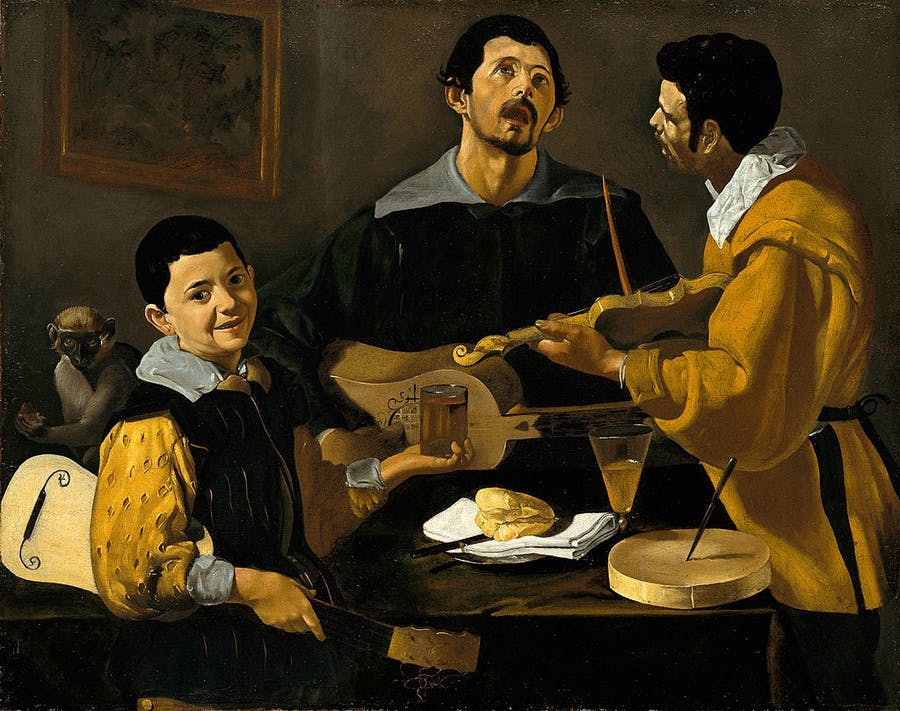
After a short apprenticeship with the painter Francisco Herrera, the extremely talented 10-year-old Diego began a five-year apprenticeship with Francisco Pacheco del Río, who an excellent art theorist. In addition, Pacheco was a follower of the Caravaggio style, which inspired his young pupil. Through his teacher, Diego met Juana, Pacecho's daughter, who would be his future wife and mother of his two daughters. The wedding took place in 1618. Afterwards, Diego Velázquez began his career as a freelance artist, which proved difficult in Seville, a city brimming with artists. As an example of his art, Velázquez exhibited a painting titled Christ in the House of Martha and Mary, a bodegone (still life kitchen scene) that also depicted a biblical episode.
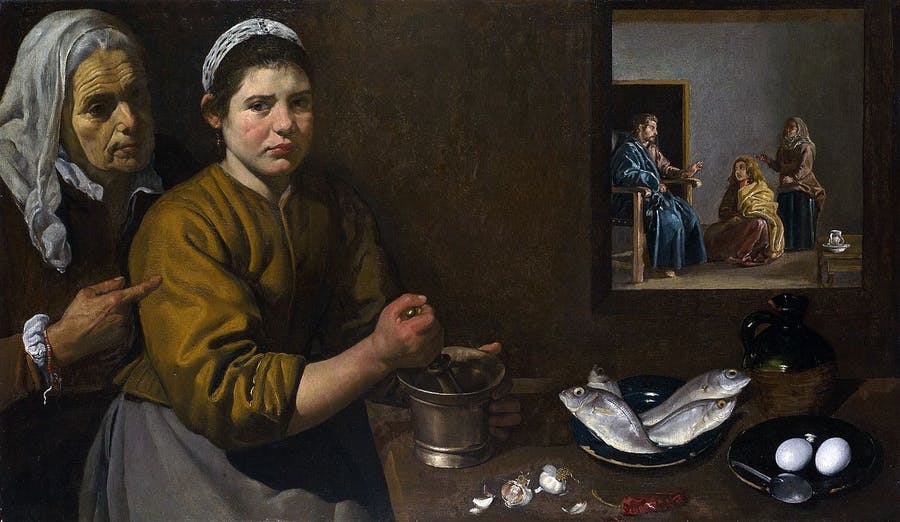
In 1622 the young painter traveled to Madrid with his father-in-law and presented himself at court. He painted a portrait of King Philip IV in 1623, and the king was so impressed by the work that he hired Velázquez as a portrait painter in his court and financed the move of the Velázquez family to Madrid. He also provided the painter with a studio in the castle. In a painting competition organized by the king in 1627, Velázquez emerged victorious and also received an apartment in the castle. When Peter Paul Rubens was in Madrid a year later on a diplomatic assignment, Velázquez was exposed to Italian painting and doubly inspired.
Related: Peter Paul Rubens: 5 Facts to Know
In 1629 Velázquez set out for Italy, where he copied paintings by Tintoretto in Venice and works by Raphael and Michelangelo in Rome. He sent the copies to his royal client in Madrid. With his painting Apollo in the forge of Vulcan, he shows both the influence of the Italian masters and ancient statues that he studied in Rome.
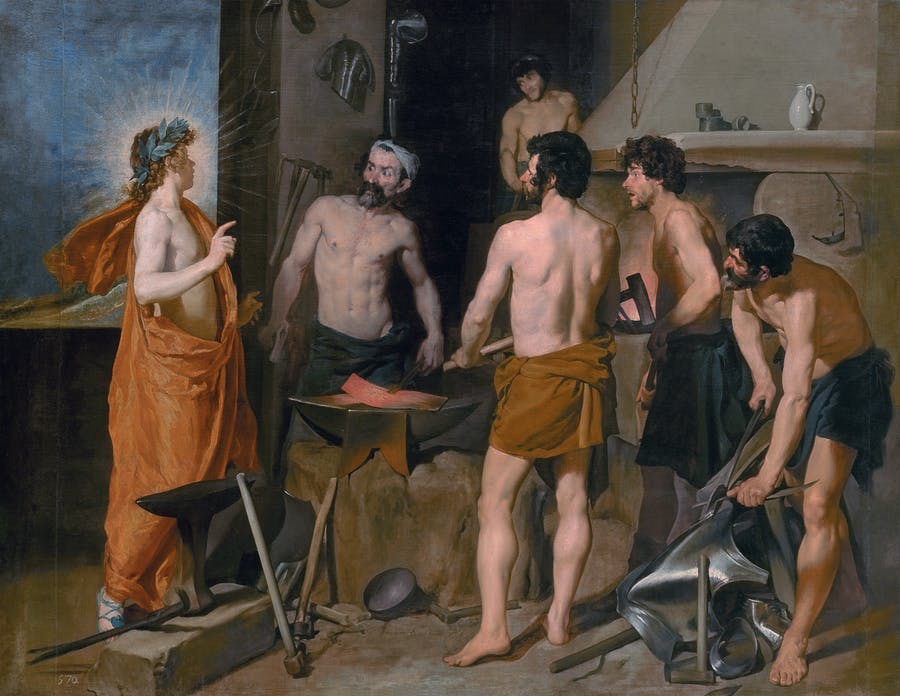
Back in Madrid, Velázquez received increasing orders for portraits of the royal family, members of the court and Spanish nobility. The respected painter received support from the staff in his studio, which included his son-in-law Juan Bautista Martínez del Mazo beginning in 1633. He also made paintings to decorate the royal residences and received the title of chamberlain of the private apartments in 1643.
Related: From Van Eyck to Botero: The Mystery of the Arnolfini Portrait
With the same seriousness, Velázquez also carried out commissioned works for the king that portray the numerous court jesters that amused and entertained court society at the time and are some of his most beloved works.
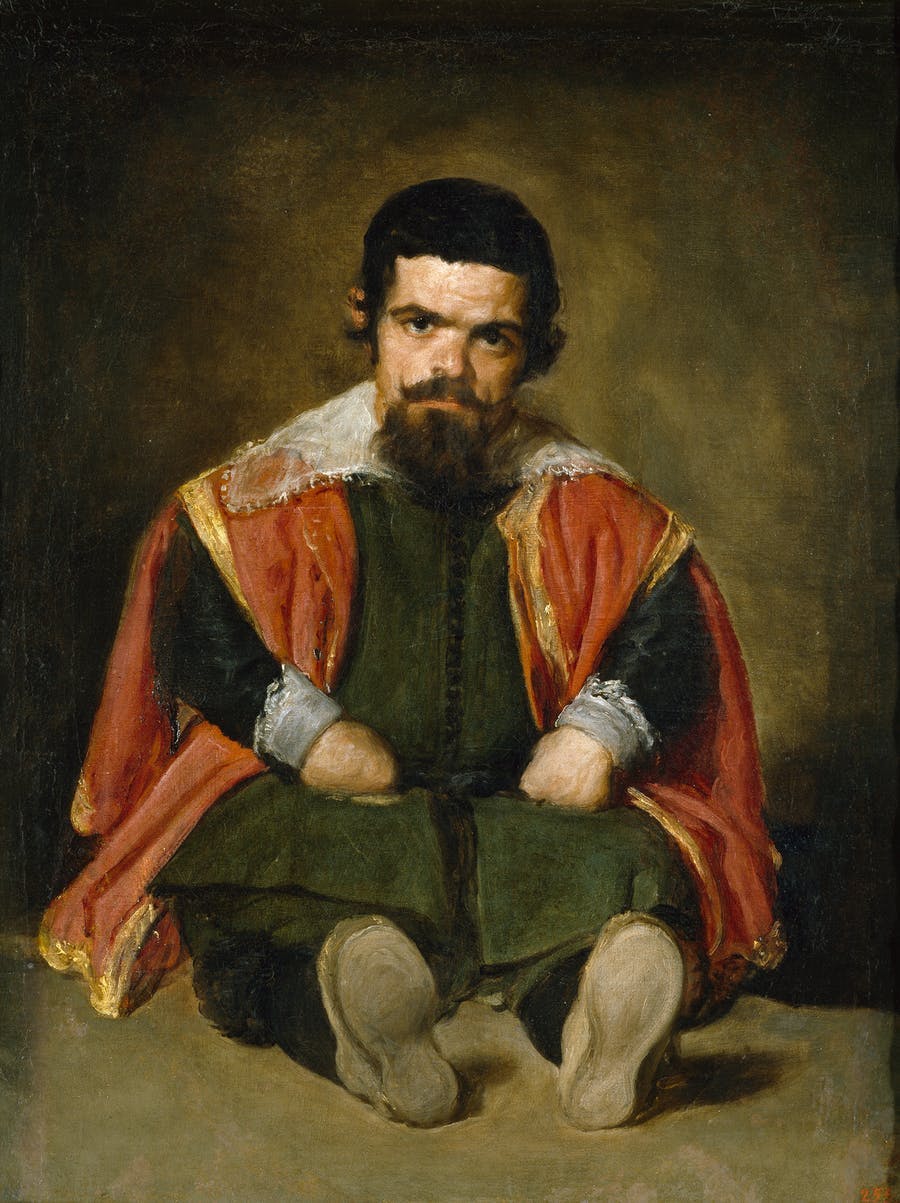
In addition to numerous equestrian portraits, he also painted important historic masterpieces, such as The Surrender of Breda, which depicted the victory of Spain in the Eighty Years' War and was one of his few works to capture modern history (the surrender had taken place 10 years before the painting was made).
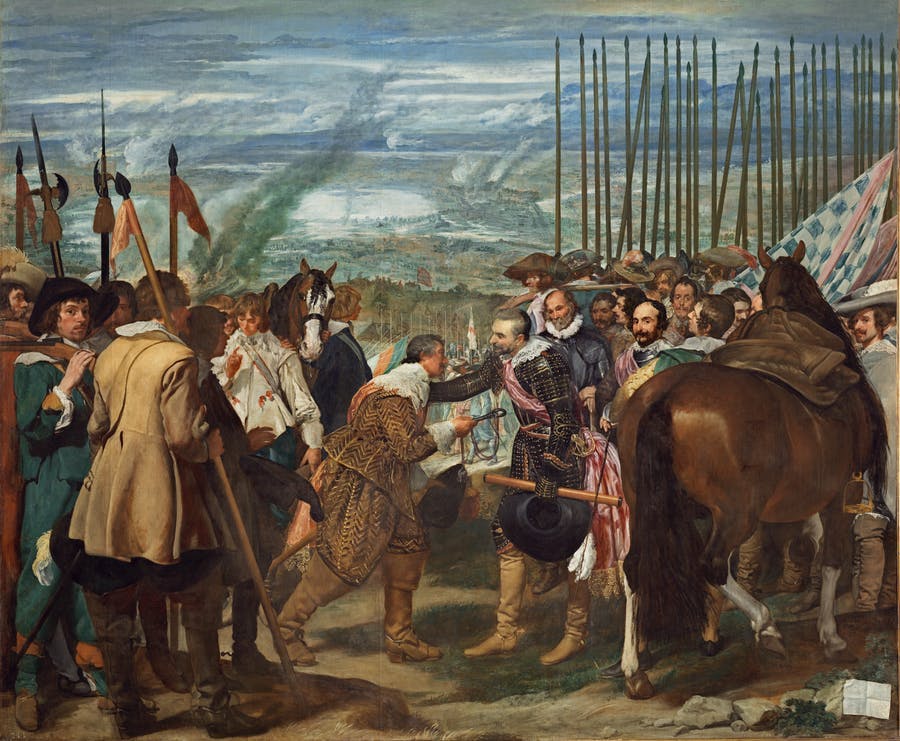
From 1648 to 1651 Velázquez returned again to live in Italy. He made purchases for the royal art collection there and was accepted into the Accademia di San Luca in Rome.
Related: The Enduring Appeal of Old Masters

During his time in Italy, he painted several of his most famous works such as a portrait of Pope Innocent X and the only surviving female nude of his career, Venus at her mirror.
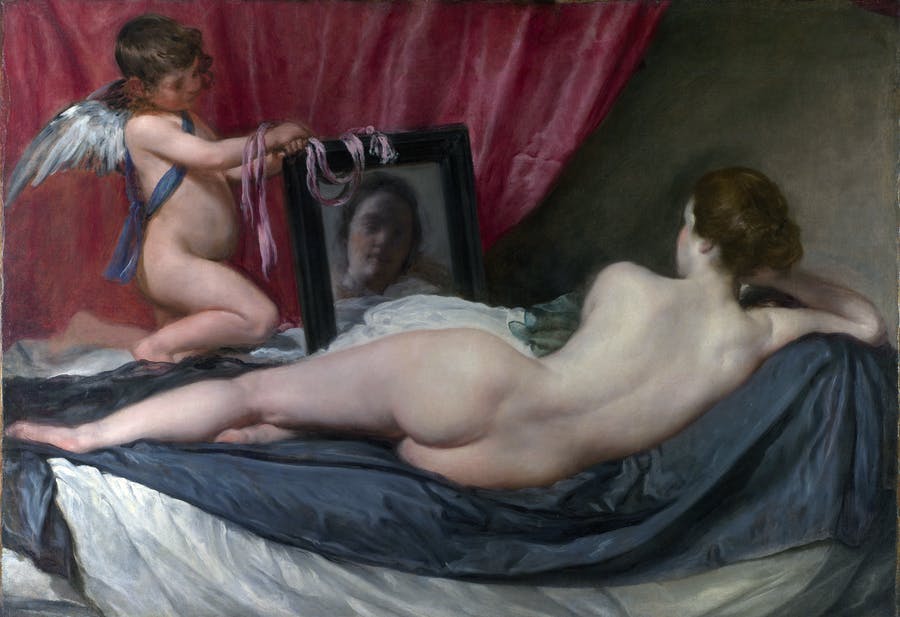
Velázquez's last years at the Spanish court were marked by royal commissions and honors: in 1652, he was appointed court marshal, in 1656, he painted his well-known work Las Meninas, and in 1658, he was knighted as a member of the Order of Santiago.
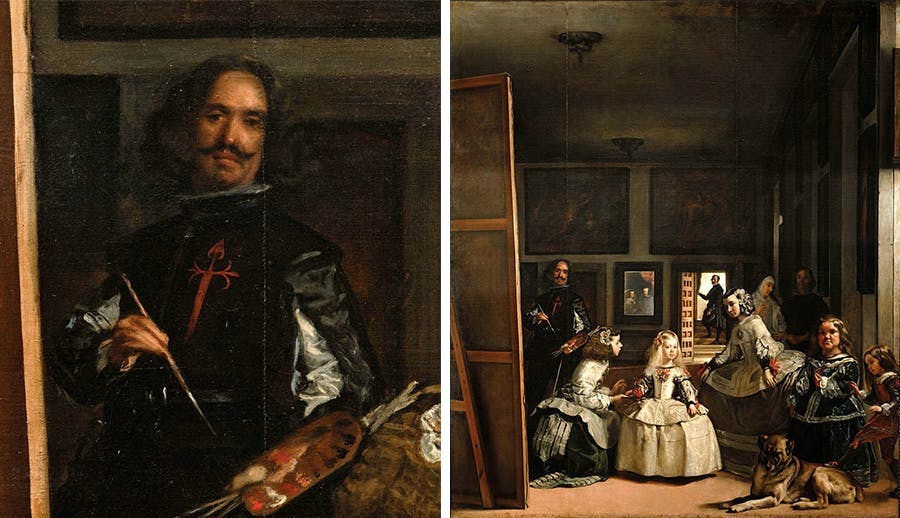
Diego Velázquez died after an attack of fever on August 6, 1660 in Madrid. However, the influence of his painting lives on centuries later, through the artworks of modern masters such as Picasso, Goya, Bacon and Dalí, who repeatedly reinterpreted Velázquez's monumental works.


